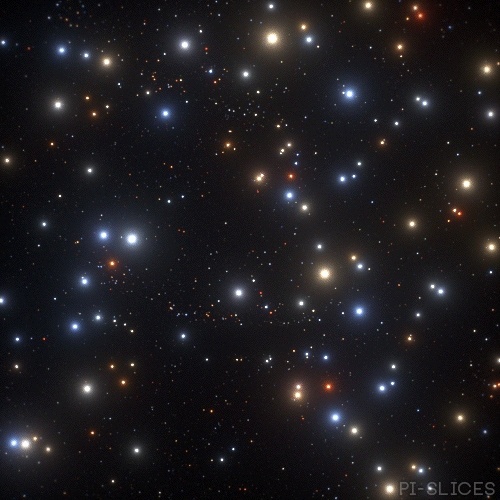Art G.Shvecova (Design Graphics - Green Planet_250418)

Art G.Shvecova (Design graphics - Green Planet_250418)
More Posts from Epic-flight and Others

Star Tunnel - 220319
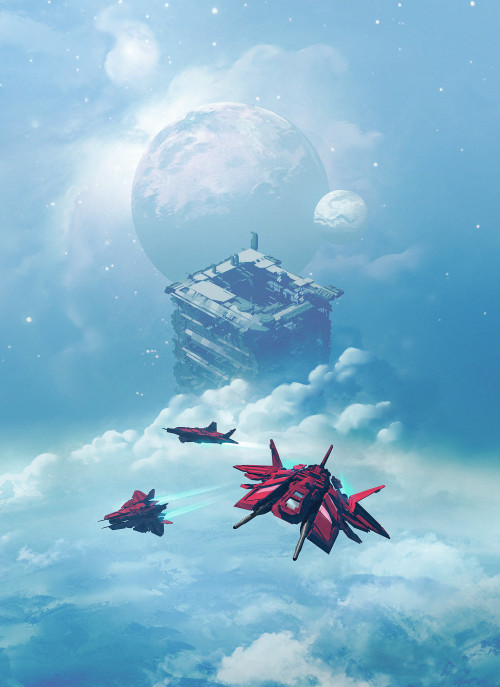
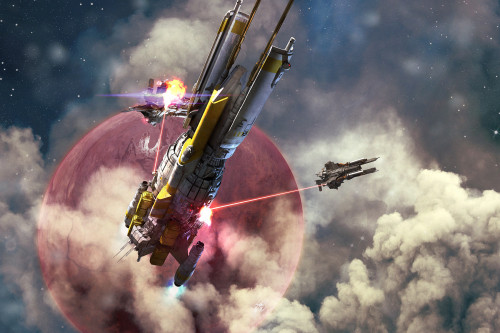
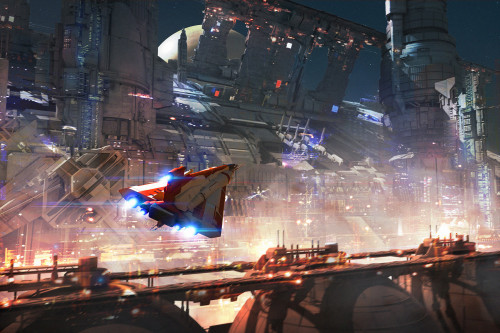

Sci-fi art by Isaac Hannaford.

Winter - 220102

The Sun, as of August 12, 2015.

N1 Rocket - Mac Rebisz

Young Stars of NGC 346 : The massive stars of NGC 346 are short lived, but very energetic. The star cluster is embedded in the largest star forming region in the Small Magellanic Cloud, some 210,000 light-years distant. Their winds and radiation sweep out an interstellar cavern in the gas and dust cloud about 200 light-years across, triggering star formation and sculpting the region’s dense inner edge. Cataloged as N66, the star forming region also appears to contain a large population of infant stars. A mere 3 to 5 million years old and not yet burning hydrogen in their cores, the infant stars are strewn about the embedded star cluster. In this false-color Hubble Space Telescope image, visible and near-infrared light are seen as blue and green, while light from atomic hydrogen emission is red. via NASA
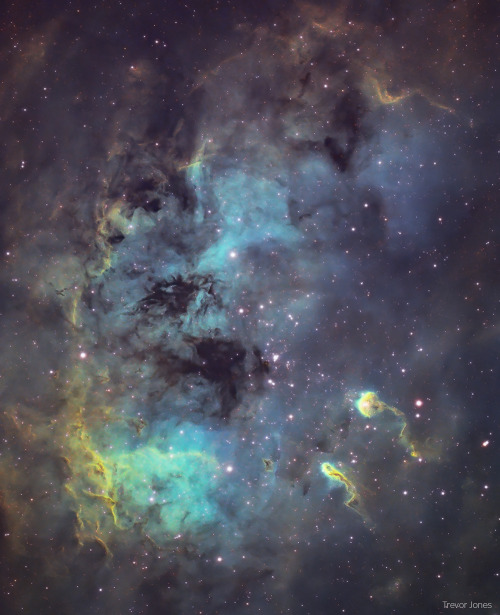
The Tadpoles of IC 410 : This telescopic close-up shows off the central regions of otherwise faint emission nebula IC 410, captured under backyard suburban skies with narrowband filters. It also features two remarkable inhabitants of the cosmic pond of gas and dust. Below and right of center are the tadpoles of IC 410. Partly obscured by foreground dust, the nebula itself surrounds NGC 1893, a young galactic cluster of stars. Formed in the interstellar cloud a mere 4 million years ago, the intensely hot, bright cluster stars energize the glowing gas. Composed of denser cooler gas and dust, the tadpoles are around 10 light-years long and are likely sites of ongoing star formation. Sculpted by stellar winds and radiation their heads are outlined by bright ridges of ionized gas while their tails trail away from the cluster’s central young stars. IC 410 lies some 10,000 light-years away, toward the nebula-rich constellation Auriga. via NASA

SSTO Orbital Lander
Movie: Interstellar UI Design: Double Negative

Rainbow Mountains - 210526
-
 faidingrainbow reblogged this · 1 year ago
faidingrainbow reblogged this · 1 year ago -
 shannybangbang liked this · 1 year ago
shannybangbang liked this · 1 year ago -
 cuhugifseora liked this · 1 year ago
cuhugifseora liked this · 1 year ago -
 faidingrainbow reblogged this · 2 years ago
faidingrainbow reblogged this · 2 years ago -
 faidingrainbow reblogged this · 3 years ago
faidingrainbow reblogged this · 3 years ago -
 d1siete reblogged this · 3 years ago
d1siete reblogged this · 3 years ago -
 tbhcreacher liked this · 3 years ago
tbhcreacher liked this · 3 years ago -
 fortresslotus-blog liked this · 3 years ago
fortresslotus-blog liked this · 3 years ago -
 coralprincessenthusiast liked this · 3 years ago
coralprincessenthusiast liked this · 3 years ago -
 shadymahmoud liked this · 3 years ago
shadymahmoud liked this · 3 years ago -
 faidingrainbow reblogged this · 3 years ago
faidingrainbow reblogged this · 3 years ago -
 xoem liked this · 3 years ago
xoem liked this · 3 years ago -
 gocartoon liked this · 3 years ago
gocartoon liked this · 3 years ago -
 underweargoo reblogged this · 3 years ago
underweargoo reblogged this · 3 years ago -
 underweargoo liked this · 3 years ago
underweargoo liked this · 3 years ago -
 benjidarkness liked this · 3 years ago
benjidarkness liked this · 3 years ago -
 adamthegirl liked this · 3 years ago
adamthegirl liked this · 3 years ago -
 lacriminalmustchup liked this · 3 years ago
lacriminalmustchup liked this · 3 years ago -
 megamaria liked this · 4 years ago
megamaria liked this · 4 years ago -
 spyglass-universe liked this · 4 years ago
spyglass-universe liked this · 4 years ago -
 faidingrainbow reblogged this · 4 years ago
faidingrainbow reblogged this · 4 years ago -
 808kingboss-blog liked this · 4 years ago
808kingboss-blog liked this · 4 years ago -
 virtuosin liked this · 4 years ago
virtuosin liked this · 4 years ago -
 plaguedogs123 liked this · 4 years ago
plaguedogs123 liked this · 4 years ago -
 poet-ssuicid-naklonnostami liked this · 4 years ago
poet-ssuicid-naklonnostami liked this · 4 years ago -
 faidingrainbow reblogged this · 4 years ago
faidingrainbow reblogged this · 4 years ago -
 wj630824 liked this · 4 years ago
wj630824 liked this · 4 years ago -
 theameriamora liked this · 4 years ago
theameriamora liked this · 4 years ago -
 rozenbottle liked this · 4 years ago
rozenbottle liked this · 4 years ago -
 omegatheunknown reblogged this · 4 years ago
omegatheunknown reblogged this · 4 years ago -
 astranemus liked this · 4 years ago
astranemus liked this · 4 years ago -
 jhachadezola reblogged this · 4 years ago
jhachadezola reblogged this · 4 years ago -
 spiralx liked this · 4 years ago
spiralx liked this · 4 years ago -
 cavegirl66 reblogged this · 4 years ago
cavegirl66 reblogged this · 4 years ago -
 dancingkindness liked this · 4 years ago
dancingkindness liked this · 4 years ago -
 skyvorysworld liked this · 4 years ago
skyvorysworld liked this · 4 years ago -
 boookofshadooows liked this · 4 years ago
boookofshadooows liked this · 4 years ago -
 dancing-in-the-woodlands reblogged this · 4 years ago
dancing-in-the-woodlands reblogged this · 4 years ago -
 faidingrainbow reblogged this · 4 years ago
faidingrainbow reblogged this · 4 years ago
